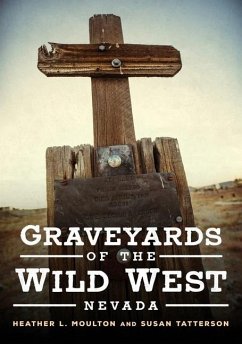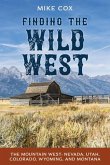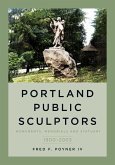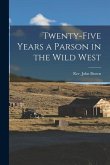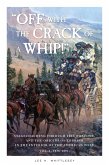Explores the rich history of Nevada through its diverse cemeteries, revealing the state's wild past and the people who shaped it. Nevada is one of several states that make up the Wild West in the United States. Nevada became a territory in 1848; due to a lack of inhabitants, it was incorporated as part of the Utah Territory in 1850. The state that would become Nevada was, like so much of the West, originally inhabited by Native Americans and, in the sixteenth century, colonized by Spain as part of Mexico. After the Mexican-American War (1846-1848), the United States acquired the land that eventually became Texas, New Mexico, Utah, Nevada, Arizona, and California. As with other Southwest states, gold and other precious metals were found in the nineteenth century, and pioneers, miners, cowboys, and outlaws converged on the territory. The many riches exhumed from the desert, which produced a population explosion, allowed Nevada to become its own territory in 1861 and a state in 1864. Of course, with an influx of residents comes a new need for graveyards. The cemeteries of the pioneer and mining towns carry on even as the towns have fallen to ruins. Many Nevada graveyards linger in obscurity in out-of-the-way places (Candelaria, Silver Peak), while others are beautifully maintained and can't be missed while driving through town (Hawthorne, Tonopah). Regardless of their conditions, the cemeteries offer powerful and precious reminders of Nevada's wild history. Graveyards of the Wild West: Nevada invites you to learn not only about Nevada's past, but to see it and meet the people whose spirit of adventure led them to live and die in an idyllic and untamed territory.
Hinweis: Dieser Artikel kann nur an eine deutsche Lieferadresse ausgeliefert werden.
Hinweis: Dieser Artikel kann nur an eine deutsche Lieferadresse ausgeliefert werden.

